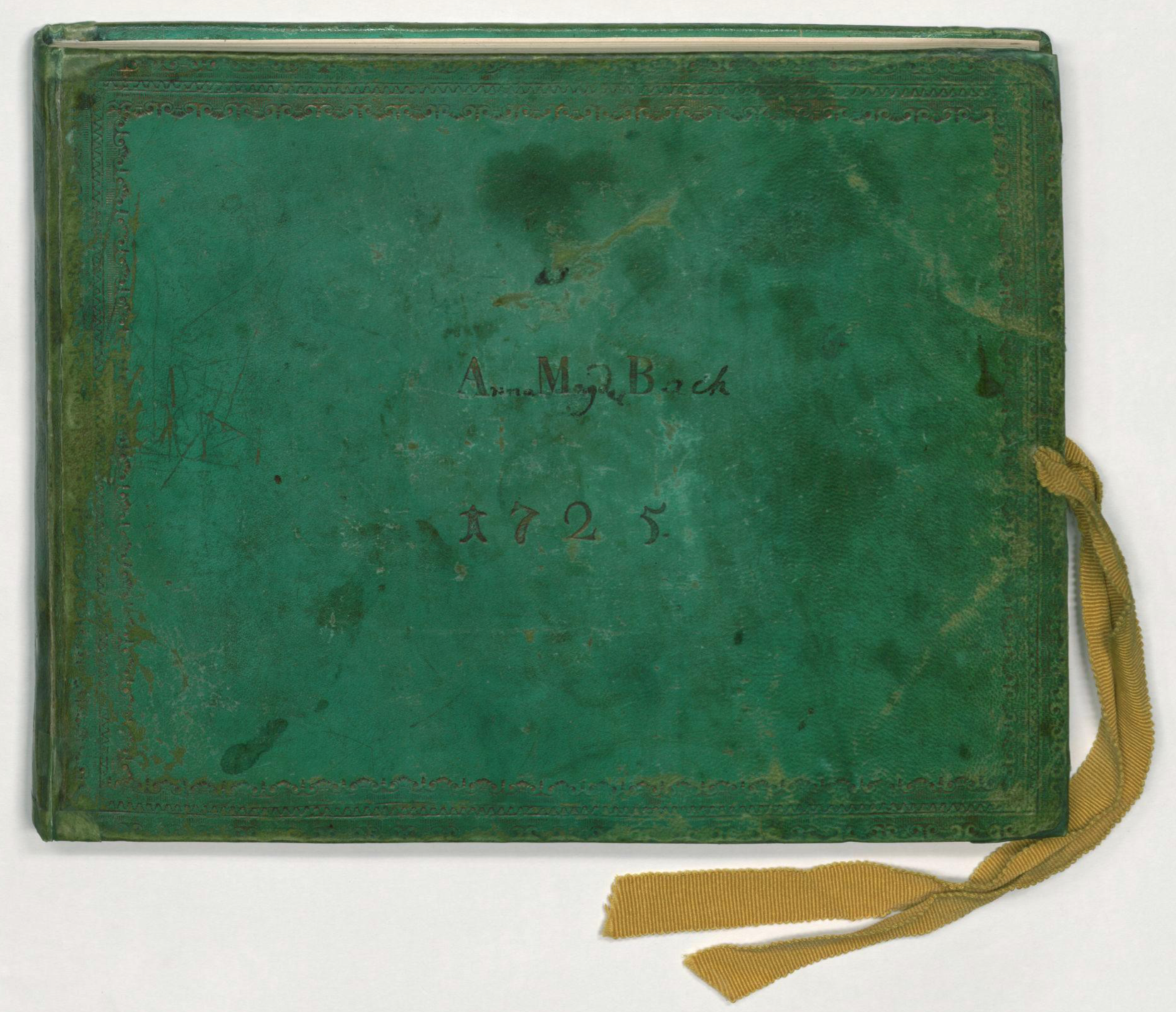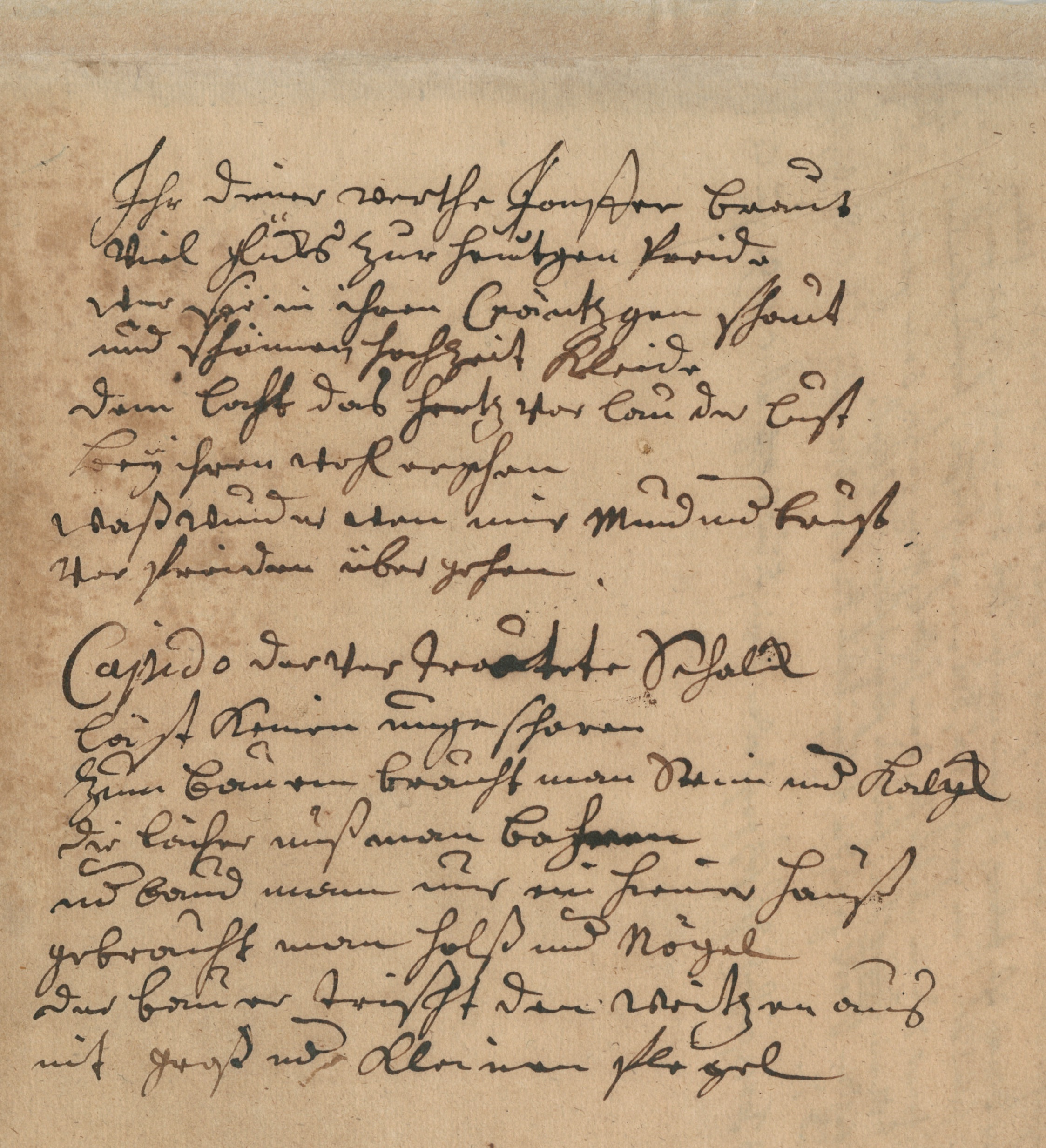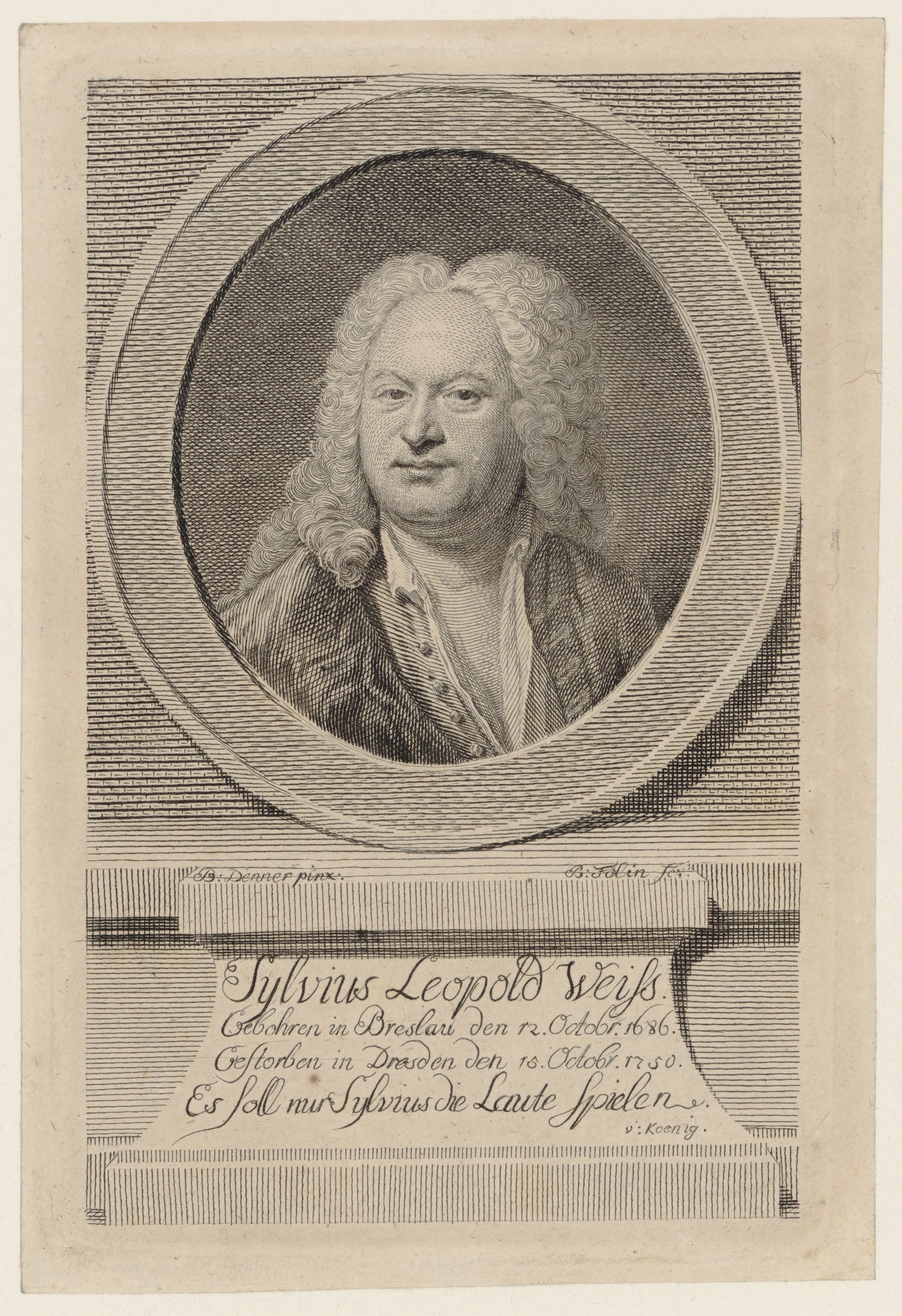J.S. BACH - A.M. BACH - S.L. WEISS CONNECTION
Silvius Leopold Weiss' skill as a player and accompanist was legendary, as were his powers of improvisation. In this he was even compared with J.S. Bach, though it is doubtful whether they actually formally competed in improvisation, as the following account by Johann Friedrich Reichardt describes:
"Anyone who knows how difficult it is to play harmonic modulations and good counterpoint on the lute will be surprised and full of disbelief to hear from eyewitnesses that Weiss, the great lutenist, challenged J. S. Bach, the great harpsichordist and organist, at playing fantasies and fugues."
Weiss and J.S. Bach had been in all probability well known to one another even before they actually met. In later life, Weiss became a friend of Wilhelm Friedemann Bach. During 1739 Weiss stayed in Leipzig for four weeks, together with W.F. Bach and his own pupil Johann Kropfgans, and he visited the J.S. Bach house frequently; Johann Elias Bach, J.S. Bach's personal secretary, reports that the music he heard then was 'extra-special'. He wrote that that "we heard some very fine music when my cousin from Dresden [Wilhelm Friedemann Bach] came to stay for four weeks, together with the famous lute-player Mr. Weiss." J.S. Bach's Suite for violin and harpsichord in A major BWV 1025, recently identified as an arrangement of one of Weiss' lute sonatas, may owe its origin to one of these legendary meetings.

The 1725 notebook is larger than the 1722 one, and more richly decorated. Light green paper is used for the front cover, Anna Magdalena's initials and the year number "1725" are printed in gold. All pages feature gilt edging. Most of the entries in the 1725 notebook were made by Anna Magdalena herself, with others written in the hand of Johann Sebastian, some by sons Johann Christian and Carl Philipp Emanuel, and a few by family friends such as Johann Gottfried Bernhard and Johann Gottfried Heinrich. Although the 1725 notebook does contain work composed by Johann Sebastian Bach, it also includes works by many other composers. The authorship of several pieces is identified in the notebook itself, while that of others was established by researchers. The composers of still others, including several popular songs of the time, remain unknown.
The Notebooks provide a glimpse into the domestic music of the 18th century and the musical tastes of the Bach family.
VIDEO - Notebook for Anna Magdalena Bach 1725 - Choral: ‘Warum betrübst du dich’









VIDEO - Notebook for Anna Magdalena Bach 1725 - Aria: ‘di Giovannini’


VIDEO - Notebook for Anna Magdalena Bach 1725 - Aria: ‘Bist du bei mir’

Anna Magdalena Bach (born Wilcke or Wilcken) (22 September 1701 – 22 February 1760) was a professional singer and the second wife of Johann Sebastian Bach.
Anna Magdalena Wilcke was born at Zeitz, in the Electorate of Saxony. While little is known about her early musical education, the family was musical. Her father, Johann Caspar Wilcke (c. 1660–1733), was a trumpet player, who had a career at the courts of Zeitz and Weißenfels. Her mother, Margaretha Elisabeth Liebe, was the daughter of an organist.
By 1721 Anna Magdalena was employed as a singer (soprano) at the princely court of Anhalt-Cöthen. Johann Sebastian Bach had been working there as Capellmeister, or director of music, since December 1717. It is possible that he first heard her sing at the ducal court in Weißenfels, where he is known to have performed as early as 1713, when his Hunting Cantata was premiered there.
Anna and Johann married on 3 December 1721, seventeen months after the death of his first wife, Maria Barbara Bach. Later that month, the couple's employer, Leopold, Prince of Anhalt-Köthen, married Frederica Henriette of Anhalt-Bernburg. Bach believed her lack of interest in music caused the musical life at the court to decline, although there is evidence that other factors were involved. There were budgetary constraints caused by Prussian military demands of which Bach may have had limited knowledge because it's unlikely that the prince would have discussed his financial problems with Bach. In 1723, the Bachs moved to Leipzig when Johann Sebastian accepted the position of Cantor at the Thomasschule. Anna Magdalena continued to sing professionally after her marriage. In one notable example of her continuing involvement with music, she returned to Köthen in 1729 to sing at Prince Leopold's funeral. The Bachs' shared interest in music contributed to their happy marriage. She regularly worked as a copyist, transcribing her husband's music, which she sold as a means to contribute to the family income. Bach wrote a number of compositions dedicated to her, most notably the two distinct Notebooks for Anna Magdalena Bach. During the Bach family's time in Leipzig, Anna Magdalena organized regular musical evenings featuring the whole family playing and singing together with visiting friends. The Bach house became a musical centre in Leipzig.
Apart from music, her interests included gardening.
Together they raised the children from his first marriage and had 13 children of their own from 1723 to 1742, seven of whom died at a young age:
Christiana Sophia Henrietta (spring 1723–29 June 1726)
Gottfried Heinrich (26 February 1724 – 12 February 1763)
Christian Gottlieb (14 April 1725 – 24 August 1728)
Elisabeth Juliana Friederica, called "Liesgen" (5 April 1726 – 24 August 1781), married to Bach's pupil, Johann Christoph Altnickol
Ernestus Andreas (30 October 1727 – 1 November 1727)
Regina Johanna (10 October 1728 – 25 April 1733)
Christiana Benedicta (1 January 1730 – 4 January 1730)
Christiana Dorothea (18 March 1731 – 31 August 1732)
Johann Christoph Friedrich, the 'Bückeburg' Bach (21 June 1732 – 26 January 1795)
Johann August Abraham (5 November 1733 – 6 November 1733)
Johann Christian, the 'London' Bach (5 September 1735 – 1 January 1782)
Johanna Carolina (30 October 1737 – 18 August 1781)
Regina Susanna (22 February 1742 – 14 December 1809)

Anna Magdalena Bach notebook page 122
Ihr Diener, werte Jungfer Braut,
Viel Glücks zur heutgen Freude!
Wer sie in ihrem Kränzchen schaut
Und schönen Hochzeit-Kleide,
Dem lacht das Herz vor lauter Lust
Bei ihrem Wohlergehen;
Was Wunder, wenn mir Mund und Brust
Vor Freuden übergehen.
Cupido, der vertraute Schalk,
Läßt keinen ungeschoren.
Zum Bauen braucht man Stein und Kalk,
Die Löcher muß man bohren,
Und baut man nur ein Hennen-Haus,
Gebraucht man Holz und Nägel,
Der Bauer drischt den Weizen aus
Mit groß und kleinem Flegel.
J.S. Bach - A.M. Bach - S.L. Weiß Connection
 Foundation Musick's Monument
Foundation Musick's Monument